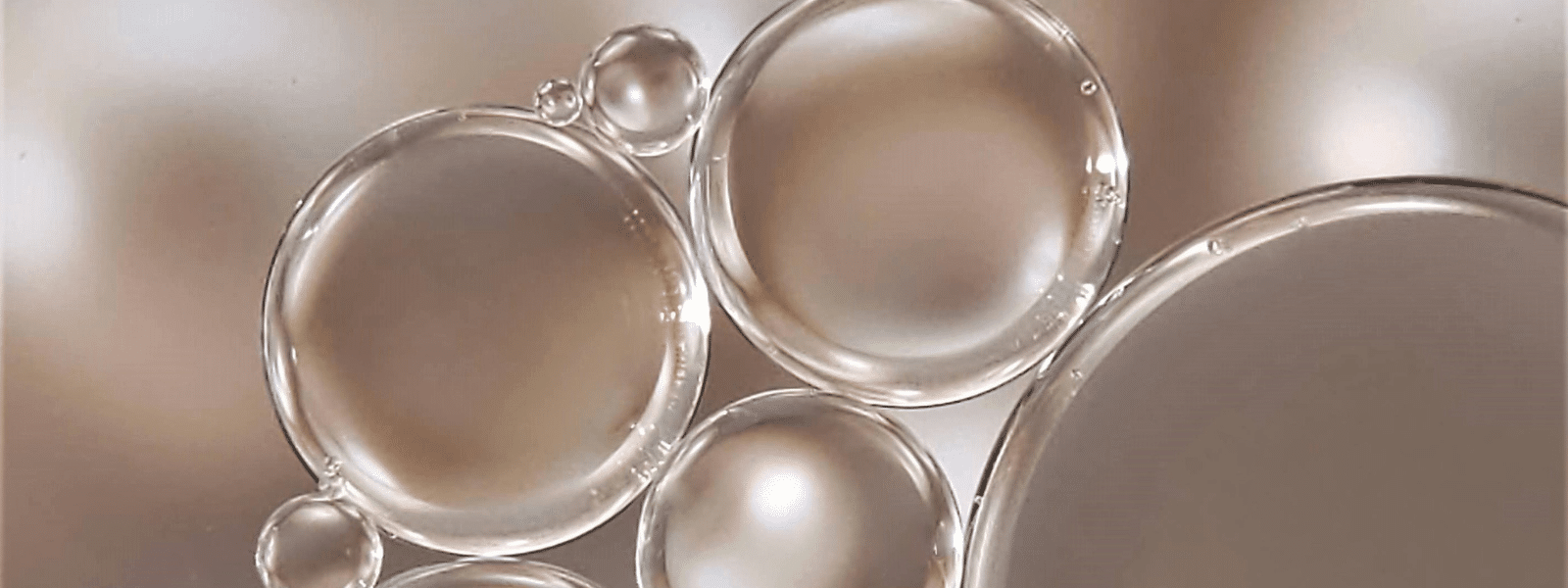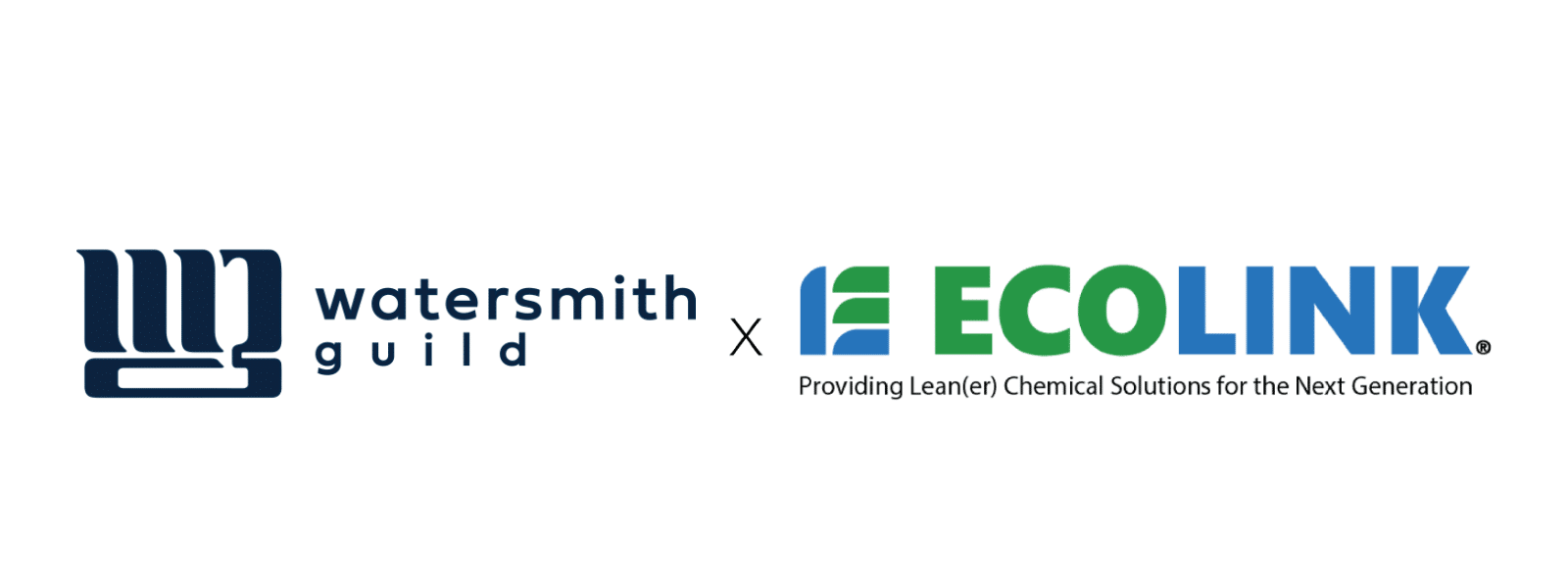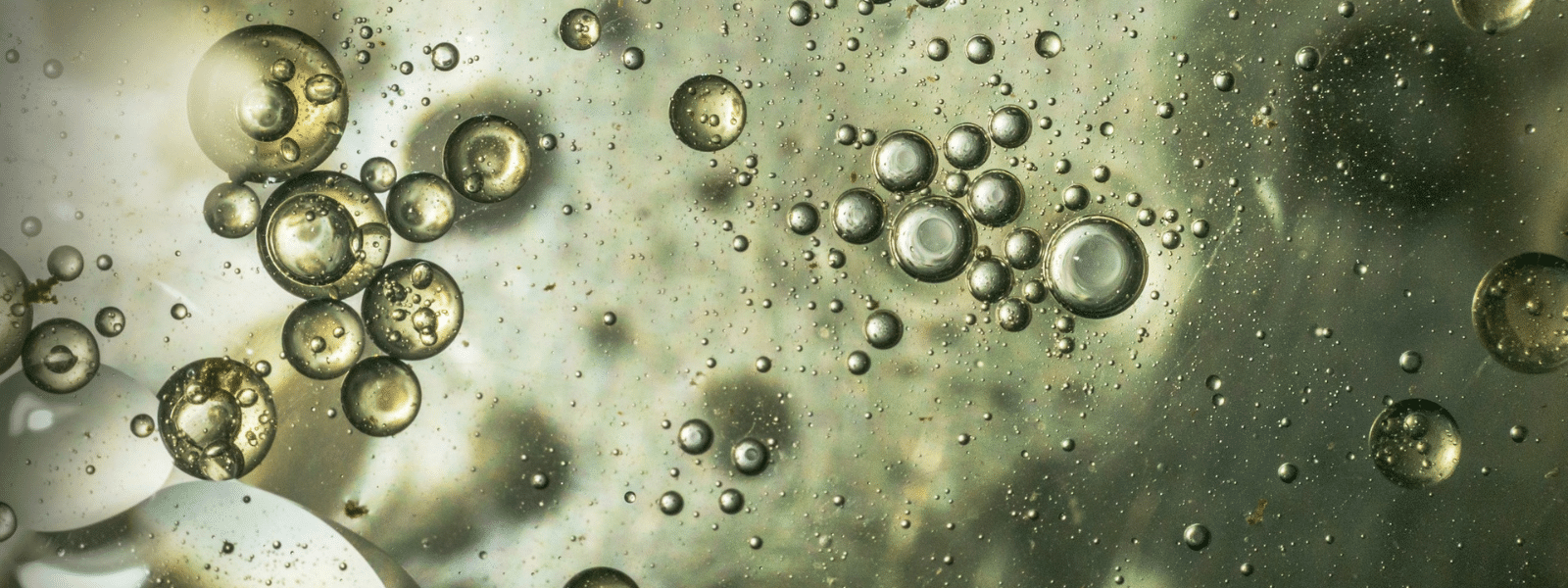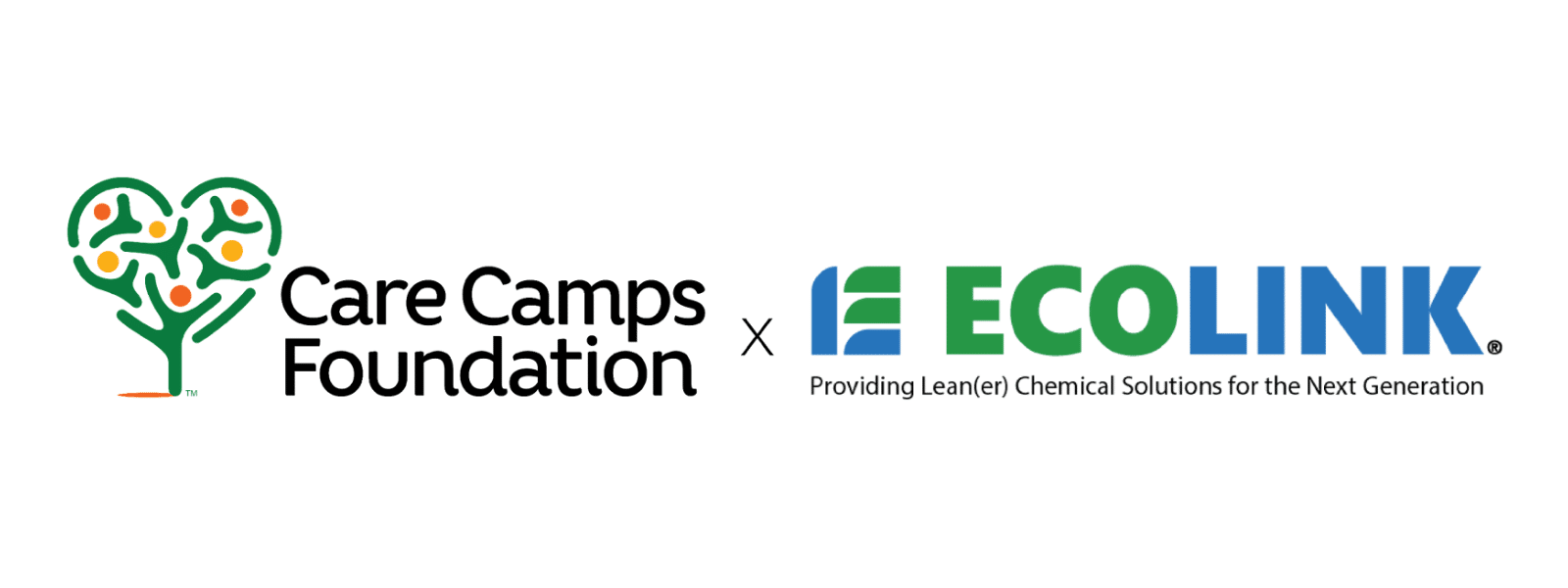VOCs, fully defined as Volatile Organic Compounds, are chemicals that evaporate with ease and are designed for versatility. However, even though these elements are popular and reliable for a variety of tasks, they come with an exhaustible cost. The application of them comes with the possibility of problematic exposure. No matter how brief or elongated, this problematic exposure can result in several side effects. These several side effects can compromise your health and even afflict lifelong diseases. The cause of this is the toxins from these chemicals’ compositions being released into the air around us. It is from these complications that an effort has been created to lower VOC emissions.
Inside this community blog, we will delve into the makeup of these varying compounds, their historic usage, their toxic components, and the multiple efforts to lower them for the betterment of those who use them as well as the earth.
Background & Usage
Before we can discuss the motivations and reasons for the efforts to lower VOC emissions, we must understand their background and usage.
These distinct compounds can originate from the first or second metabolisms of microorganisms as well as human intervention. From their internal composition, they contain a high level of evaporation. It evaporates so swiftly in fact, that it can even evaporate at room temperature. It is from its makeup also, that these chemicals are regarded alternatively as industrial solvents.
These industrial solvents take on two formations of matter, liquid, and gas. These forms only increase its diversity as well as its number of uses. It is also worth noting that these compounds contain both carbon and parts of living organisms, hence them being categorized as organic.
VOCs, from their internal compositions and features, are capable of many abilities that benefit an abundance of industries. These compounds contribute to the creation of the following products but are not limited to:
- Lacquers
- Petroleum Fuels
- Degreasers
- Dry Cleaning Agents
- Paint Thinners
- Additional Paint Products
- Other Building Materials
- Hydraulic Fluids
- Air Fresheners
- Gasoline
These products, though distributed and utilized by businesses, are also utilized in households and handled by non-professionals. This, in turn, results in more exposure compared to other elements. And this exposure increases the chance of potential harm.
Toxicities & Side Effects of VOCs
Although their versatility is notable and brings industries great success, these compounds come with terrible toxicities. These toxicities are invisible to the eye- since they are spread through the air- but strike the senses without restraint. The reason behind its toxicity stems from these chemicals’ designs. Both the human intervention in their formation as well as the carbon it contains, aid in these substances’ poisonous natures.
There are two types of exposure that these chemicals can afflict, the first being short-term and the second being long-term. Each of these types not only comes with its levels of severity but its side effects as well.
Short-term exposure to VOCs emissions can result in some of the following:
- Nausea
- Headaches
- Dizziness
- Nose Irritation
- Eye Irritation
- Throat Irritation
- Worsening of Asthma
These effects, despite the discomfort and threats that they bring, are rather minor compared to the long term. They can still be managed with slight medical intervention and even mended.
Long-term exposure to VOCs emissions, meanwhile, can result in some of the following:
- Lung Disease
- Several Cancers
- Kidney Damage
- Central Nervous System (CNS) Damage
These effects cannot be managed with slight medical intervention or over-the-counter remedies. Instead, if they are not caught soon enough, they can lead to deterioration of the body and even death.
It is important to remember that due to these compound properties, both interior and exterior areas are prone to give off acute or prolonged exposure. However, there are several ways that these levels of exposure can be lowered.
One way that this can be done is to store your chemicals in an area where you do not go very often. This way you only get your chemicals when you need them and keep contact with them at a minimum.
Another way that this can be done is only to buy the number of compounds that you need. It is easy to overestimate the amount that your application or applications require. Overbuying leads to the unused compounds going to waste and increasing the likelihood of harmful exposure since there is an unnecessary abundance.
And though these ways are effective, among others, there is one way that outshines the rest. This method is simply lowering the emissions of VOCs through the use of eco-friendly alternative chemical compositions.
The Reasons Behind The Shift for Lower VOC Emissions
This method and the shift for it are relatively new. The first of these efforts had been implemented as early as 2003, nearly two decades ago. This, compared to the existence and implementations of these compounds throughout the years, is a short period of time. Nevertheless, the effort is continuing to be made.
The reasons for this shift are due to the toxicities that the compounds produce and how it affects our health. As we had mentioned, these toxicities can compromise the health of many and have for many years. By lowering the emissions with greener solutions, these risks from exposure are greatly lessened and are even an impossibility- especially for the longer-term effects. If greener solutions become the more popular of the two, the tainting of our air and the ailments it creates for us.
Our Contributions To The Shift to Lower VOC Emissions
Here at Ecolink we have dedicated ourselves to lowering these emissions since 2003 and provide a variety of information as well as products to assist in this effort. We have several written pieces on VOCs, breaking down the intricacies that define them. And several posts promoting eco-friendly chemical solutions. Three of our highly regarded products that have been designed to lower VOCs are:
Preptone- Low VOC Handwipe Solvent
This solvent offers what VOCs supply and more without any compromises. It is made up of an intricate blend of ultra-high purity d-limonene and an acetone base. This combination contributes to its swift level of evaporation as well as protection from oxidation.
This blend comes with some of the following benefits:
- Strength In Solvency
- Ultra-Clean Evaporation
- Broad Spectrum Solvency
- Ideal Vapor Pressure
- Nonpolar/Polar Solvency
SAFE STRIP- Eco Safe Paint Remover
This solvent specializes solely in painting, specifically its removal. From its abilities, it outdoes several VOCs and possesses a lower Inhalation Hazard index.
This composition of substances comes with some of the following benefits:
- Non-Ozone Depleting
- Non-flammable
- One-step Coatings Removal
- Performs Similarly to MEK And Methylene Chloride
Dimethyl Carbonate
This solvent, unlike the other two mentioned, can also serve as a reagent. It is biodegradable and possesses a generous makeup for the senses.
This chemical composition comes with some of the following benefits:
- Low Density
- A Mild Pleasant Scent
- A Colorless Appearance
- Low Maximum Incremental Reactivity
Looking To Learn More About Lower VOC Emissions?
Then you have come to the right place with us! What better source to learn from than a well-regarded chemical distribution company?
Here at Ecolink, our staff is greatly knowledgeable on all things chemical! From the chemicals that we sell to the blog posts that we compose, each possesses a great amount of information.
If you would like to get in contact with us, you can reach out here. Ecolink is here to help you with whatever you may need for your industrial applications and more. Please do not hesitate to contact us today! We are just a click away!
















